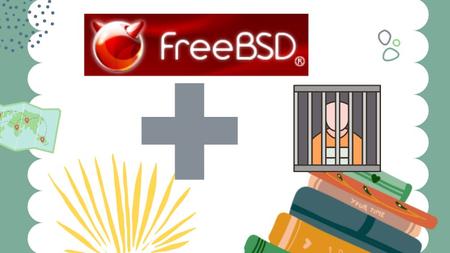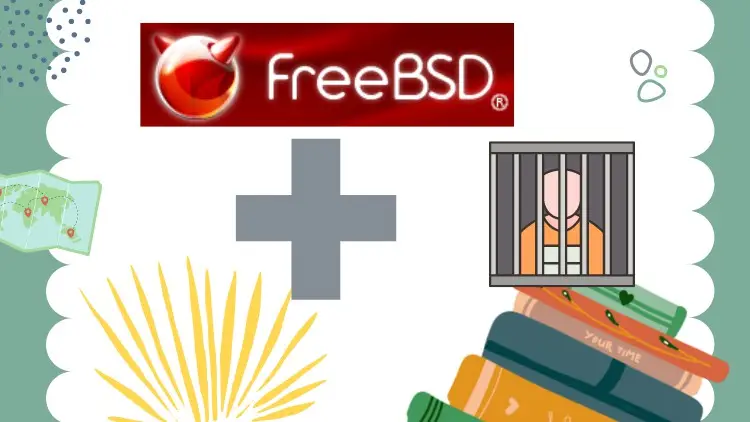FreeBSD 13.x - Mastering JAILS
Last updated 8/2023
Duration: 3h6m | .MP4 1280x720, 30 fps(r) | AAC, 44100 Hz, 2ch | 1.25 GB
Genre: eLearning | Language: English
Last updated 8/2023
Duration: 3h6m | .MP4 1280x720, 30 fps(r) | AAC, 44100 Hz, 2ch | 1.25 GB
Genre: eLearning | Language: English
Using FreeBSD Jails for securely running software packages using a pragmatic approach.
What you'll learn
How to install FreeBSD - minimal installation for Jails
Setting-up Jails environment using BastilleBSD
FreeBSD 13.x Lab setup using VirtualBox
Use BastilleBSD for managing Jails in many ways
Use Jails networking options for running Jails in private and public networks
Using Jails on Raspberry PI, and if it is even a vital option
Manage Jails and pf (packet filter firewall)
Backup and restore Jailed environments
Requirements
Basic UNIX / BSD knowledge
Description
Hello,
welcome to the ‘FreeBSD 13.x - Mastering JAILS’ course. The purpose of this course is to give a deep overview of what Jails are, and how to use them for building testing or production-ready environments. All this using a great BastilleBSD project.
What you'll learn:
Create FreeBSD lab environment for a safe Jails testings
Get deeper understanding what Jails are
Maintain Jails using BastileBSD
Understand Jails networking
Get some practice with Jails backups
Use BastileBSD for maintaining multiple Jails environment in seamless way
What are FreeBSD Jails from Wikipedia:
"The jail mechanism is an implementation of FreeBSD's OS-level virtualization that allows system administrators to partition a FreeBSD-derived computer system into several independent mini-systems called jails, all sharing the same kernel, with very little overhead. It is implemented through a system called jails, as well as a userland utility plus, depending on the system, a number of other utilities. The functionality was committed into FreeBSD in 1999 by Poul-Henning Kamp after some period of production use by a hosting provider and was first released with FreeBSD 4.0, thus being supported on a number of FreeBSD descendants, including DragonFly BSD, to this day.
The need for the FreeBSD jails came from a small shared-environment hosting provider's (R&D Associates, Inc.'s owner, Derrick T. Woolworth) desire to establish a clean, clear-cut separation between their own services and those of their customers, mainly for security and ease of administration (jail(8)). Instead of adding a new layer of fine-grained configuration options, the solution adopted by Poul-Henning Kamp was to compartmentalize the system – both its files and its resources – in such a way that only the right people are given access to the right compartments."
Topics covered in this course:
'Mastering Jails' course covers most of the Jails setup options available and required for running Jails in real live scenarios. The main topics include:
Jails Essentials
Creating a FreeBSD Lab environment
Using BastilleBSD for managing Jails in many different ways
Setting Jails networking in the right way
BONUS: Running FreeBSD Jail on Raspberry PI
During the course, we build a lab environment with fresh FreeBSD installation and we setup Jails from the ground to a production-ready environment. We will practice working with Jails, backing them up, or do networking the right way. All this using a great BastilleBSD project.
Summary:
FreeBSD 13.x Mastering Jails course covers various topics related to using Jails to manage running different software packages in a secure way. Using Jails you can avoid security issues/holes in software packages you host on your system.
Who this course is for:
‘FreeBSD 13.x - Mastering JAILS’ course is targeted for individuals or small/medium teams of professional administrators, devops or developers. Jails can serve as a production ready server side option, testing environment for admins and developers or as runtime option for projects backends during development process.
More Info



